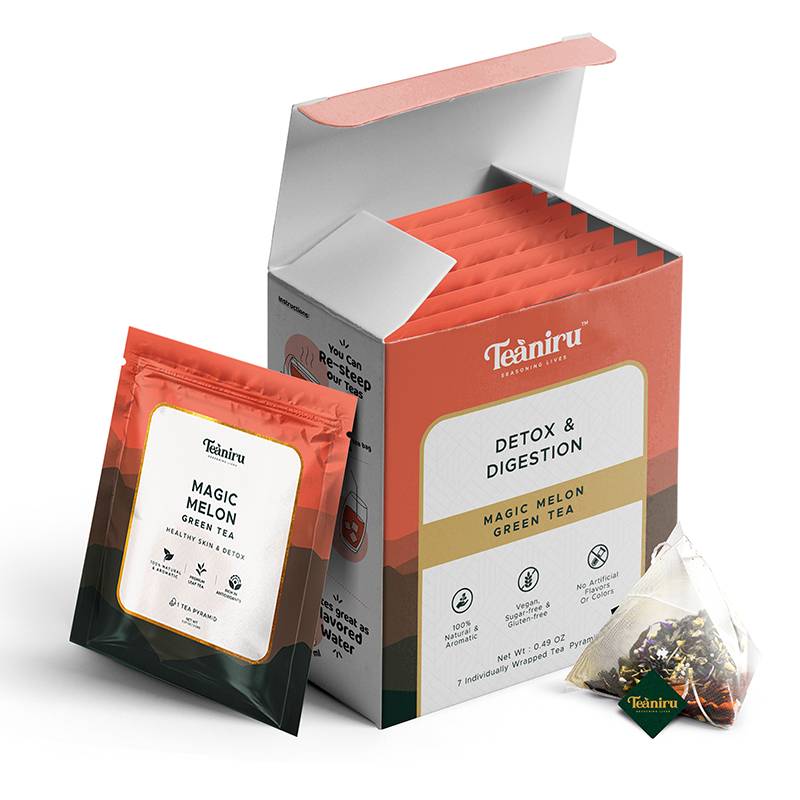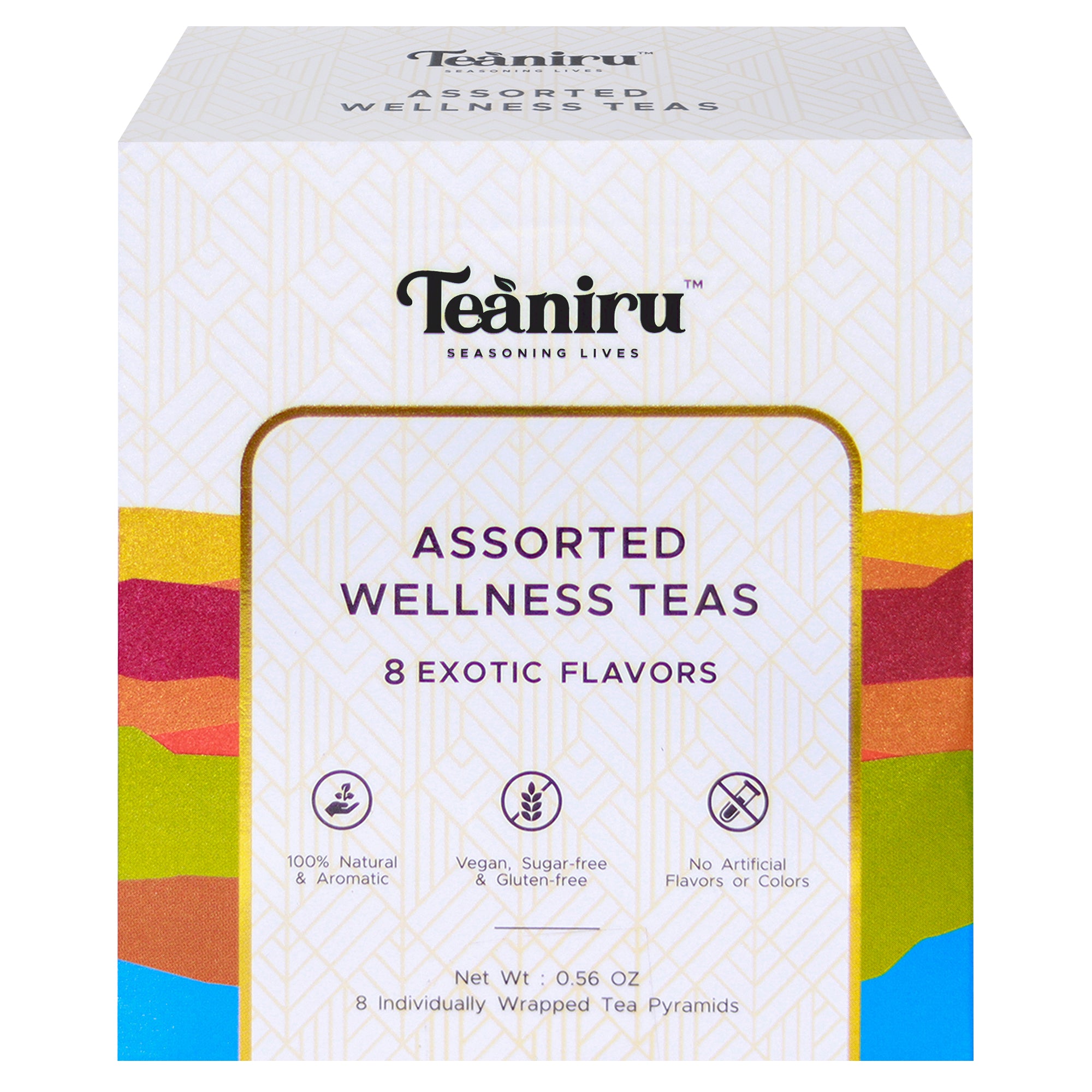Tea is the second most consumed beverage globally, second only to water. Among the many types of tea, green tea, and Matcha have gained considerable attention for their health benefits.
We all would have heard about both these natural nutritional drinks but also we doubt what difference they make. And which is better? Let’s see who’s the champion of this green battle.
Origin: Matcha Vs Green Tea
Matcha and green tea have their origins in China, but they developed independently in East Asia.
Green tea, made from Camellia sinensis leaves, is a light, colorless tea with a unique umami taste. Green tea has been consumed in China for thousands of years and is an integral part of Chinese culture and medicine.
Matcha tea origin from a shade-grown tea leaves ground into a fine powder, enhancing the tea's flavor. It originated in Japan in the 12th century and was initially used by Buddhist monks for alertness during meditation.
Both teas are popular worldwide for their health benefits and distinct flavors.
Cultivation and Processing: Matcha Vs Green Tea
Matcha: The cultivation process of Matcha is unique. About three to four weeks before harvest, the tea plants are shaded from direct sunlight.
This process boosts the plant's chlorophyll levels, enhancing the Matcha's vibrant green color and its content of L-theanine, a beneficial amino acid.
After harvesting, the leaves are steamed, air-dried, de-stemmed, and ground into the fine, jade-green powder we know as Matcha green tea.
Green tea: On the other hand Green tea, is grown in full sunlight, and the leaves are quickly heated after harvest to prevent oxidation, preserving the green color and fresh, grassy flavor.
Taste and Color: Matcha Vs Green Tea
Matcha: There's a clear difference in taste and color between Matcha and green tea. Matcha green tea is vibrant, bright green, thanks to the high chlorophyll content. Its flavor is rich, creamy, and slightly sweet, with a hint of umami.
Green Tea: On the other hand, the color of green tea is lighter, and its flavor can range from sweet and floral to grassy and slightly bitter, depending on its type and quality.
Nutritional Facts: Matcha Vs Green Tea
Green tea and matcha green tea contain many of the same nutrients, but the levels and composition of these nutrients can differ due to the unique processing and preparation methods used to make matcha.
Here are some key differences in the nutritional profile of green tea and matcha
1.Antioxidants:
Both green tea and matcha are rich in antioxidants such as catechins, but matcha is known to contain higher levels of certain antioxidants, such as EGCG.
Green Tea (per 8 oz serving): Epigallocatechin gallate (EGCG): 25-60 mg
Matcha (per 1 tsp serving): Epigallocatechin gallate (EGCG): 135 mg
2.Caffeine:
While both green tea and matcha contain caffeine, matcha generally contains more caffeine per serving than green tea. This is because matcha is made by grinding whole tea leaves into a powder, and the powder is then mixed with water to make the tea.
Drinking matcha green tea means that you are consuming the whole tea leaf, whereas, with green tea, you steep the leaves and then discard them.
Green Tea (per 8 oz serving): Caffeine: 25-29 mg
Matcha (per 1 tsp serving): Caffeine: 30-35 mg
3.Amino acids:
Matcha contains higher levels of the amino acid L-Theanine than green tea. L-Theanine is known to have calming effects on the body and is often credited with giving matcha green tea its unique flavor profile.
Green Tea (per 8 oz serving): L-Theanine: 5-8 mg
Matcha (per 1 tsp serving): L-Theanine: 30 mg
4.Chlorophyll:
Because of the way it is grown and prepared, matcha contains higher levels of chlorophyll than green tea. Chlorophyll is a green pigment that is thought to have detoxifying effects on the body.
Green Tea (per 8 oz serving): depends on many factors, generally lower than matcha.
Matcha (per 1 tsp serving): Chlorophyll: 30 mg
Overall, matcha green tea is considered to be more nutrient-dense than green tea due to the way it is grown, processed, and prepared.
However, both green tea and matcha are healthy sources of antioxidants, and both can provide various health benefits when consumed as part of a healthy diet.
Matcha Vs Green Tea: Which Is Better?
Matcha is considered more beneficial as they contain more nutritional benefits than green teas. Since matcha is a powdered version of whole tea leaves, it has all the advantages of full tea.
Whether you choose Matcha or green tea, both offer substantial health benefits and can be enjoyed in a variety of ways. The choice ultimately depends on your taste preference, nutritional goals, and budget.
Remember, the quality of the tea plays a crucial role in its health benefits and flavor. Brands like Teaniru Teas offer both high-quality Matcha and green tea, ensuring you're getting the most out of your tea experience.
Read More About Teas















